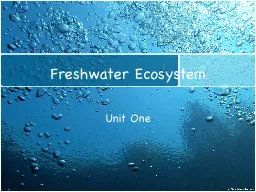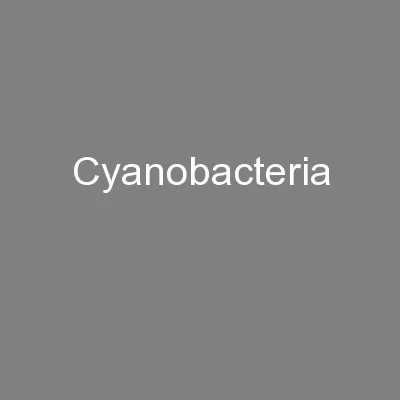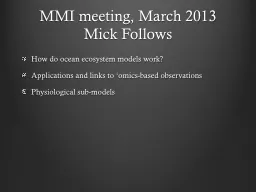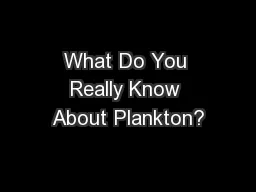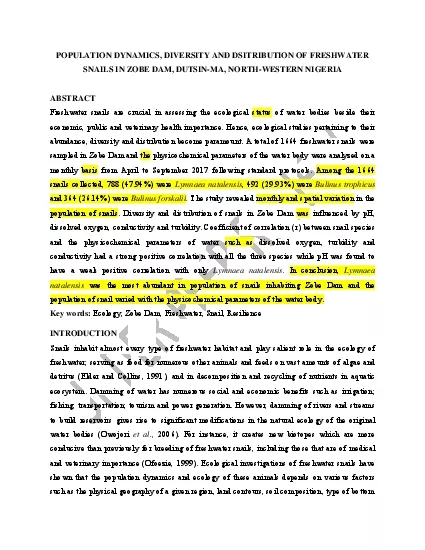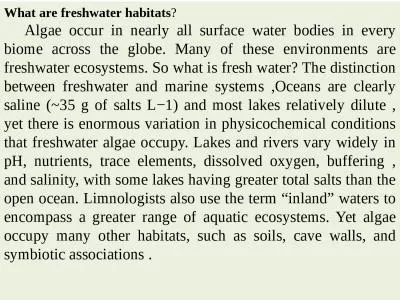PPT-Freshwater Phytoplankton Key
Author : myesha-ticknor | Published Date : 2016-04-03
for the Northeast By Rachael Brown Sonya Carlson and Diana Jackson Under the guidance of Dr Alan Baker NEXT Introduction This photographic key is intended to aid
Presentation Embed Code
Download Presentation
Download Presentation The PPT/PDF document "Freshwater Phytoplankton Key" is the property of its rightful owner. Permission is granted to download and print the materials on this website for personal, non-commercial use only, and to display it on your personal computer provided you do not modify the materials and that you retain all copyright notices contained in the materials. By downloading content from our website, you accept the terms of this agreement.
Freshwater Phytoplankton Key: Transcript
Download Rules Of Document
"Freshwater Phytoplankton Key"The content belongs to its owner. You may download and print it for personal use, without modification, and keep all copyright notices. By downloading, you agree to these terms.
Related Documents



